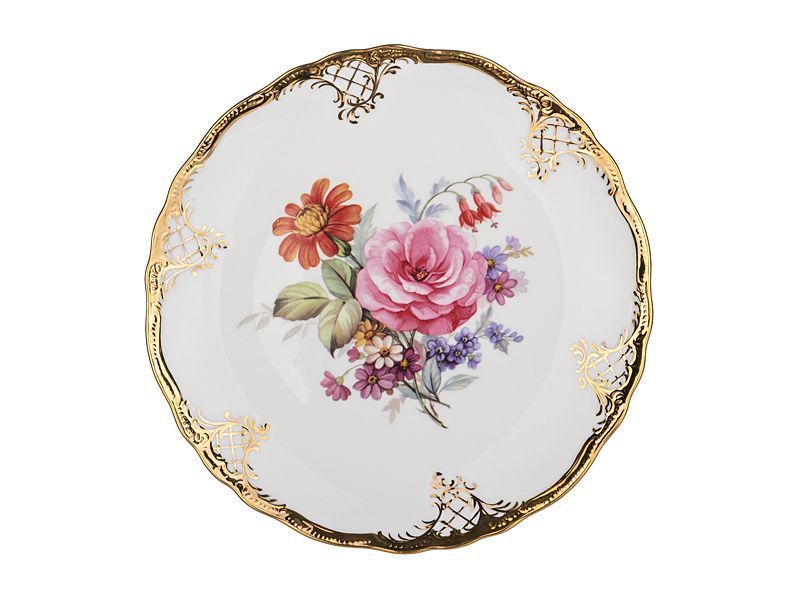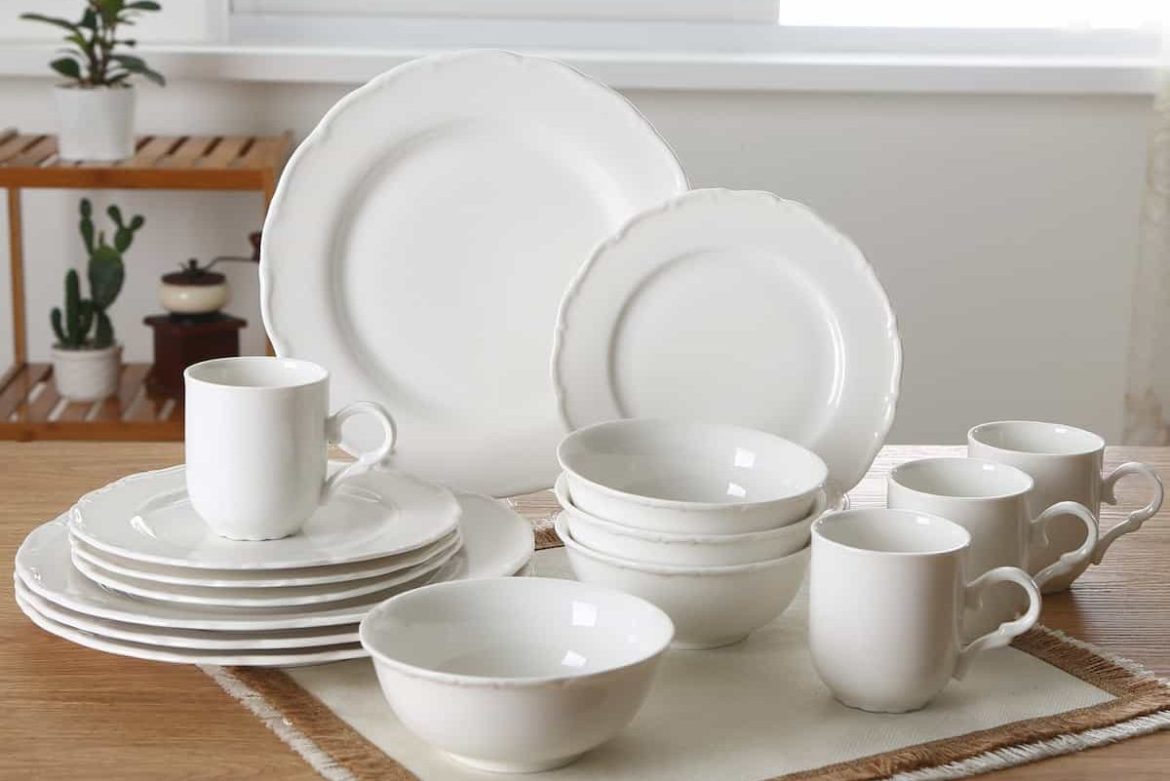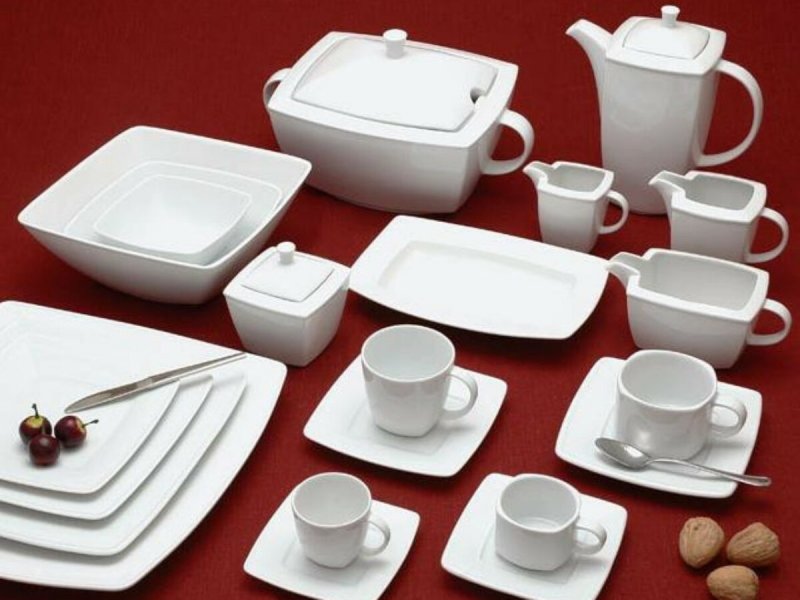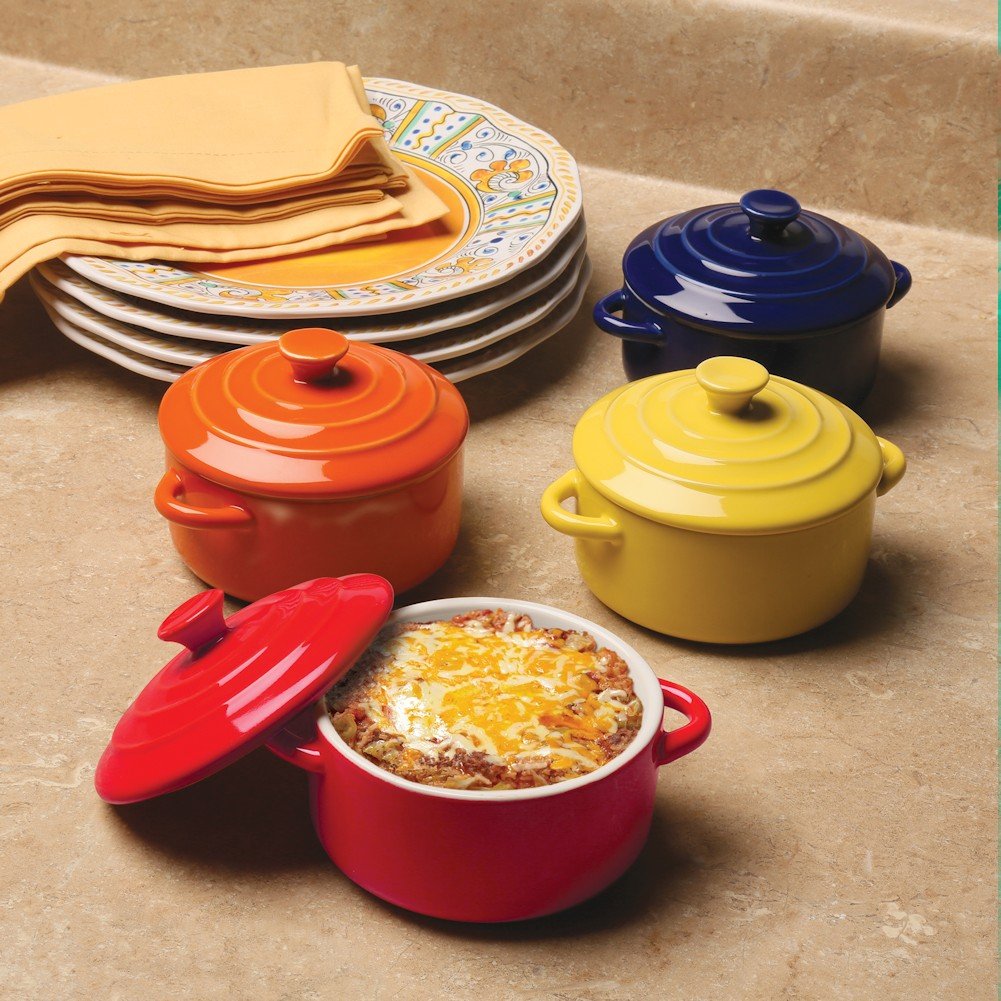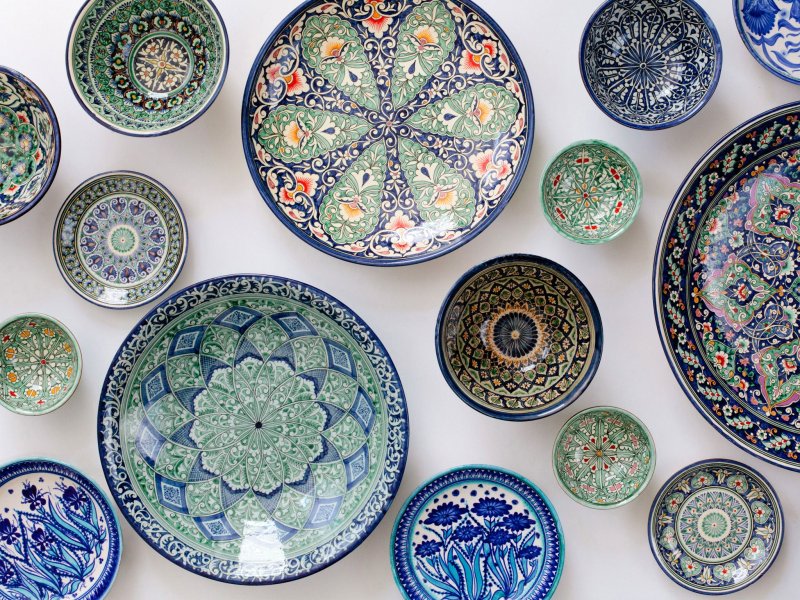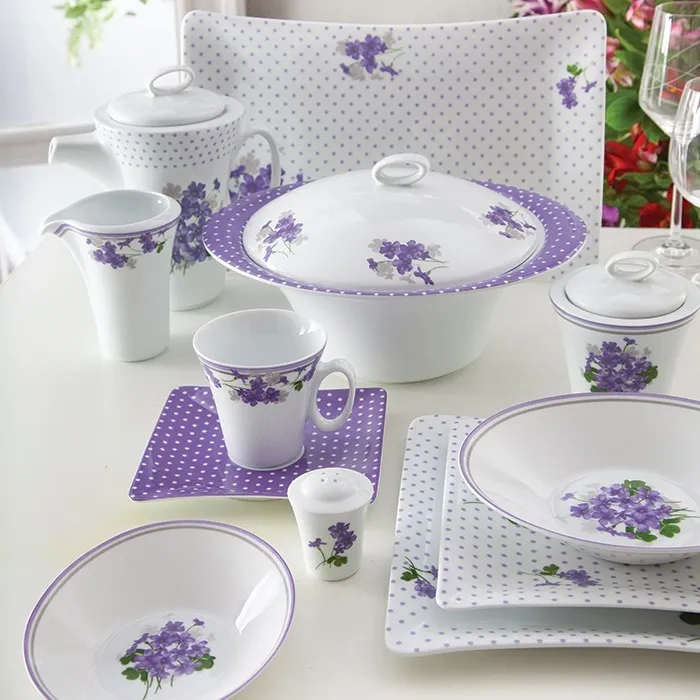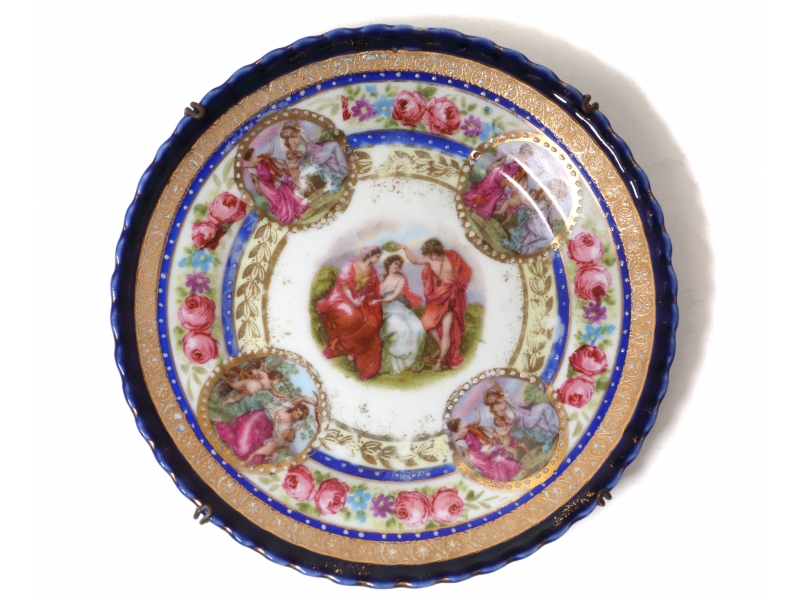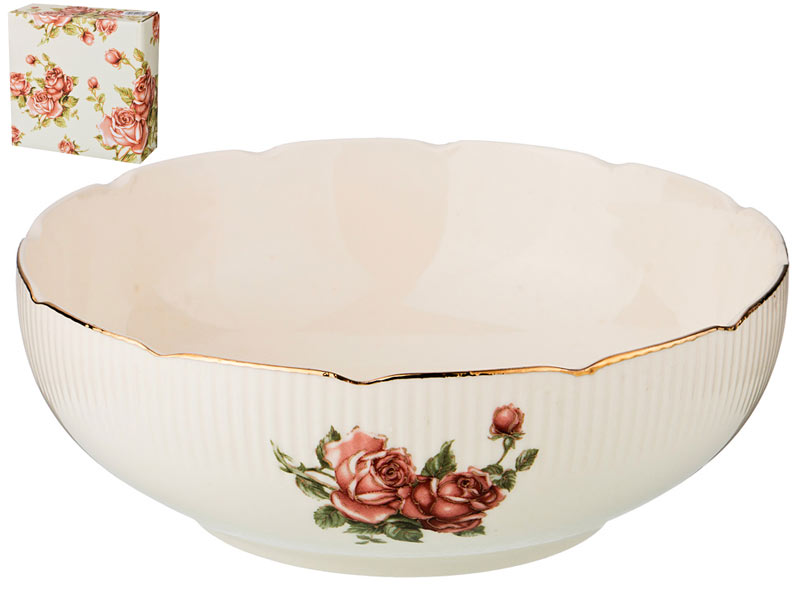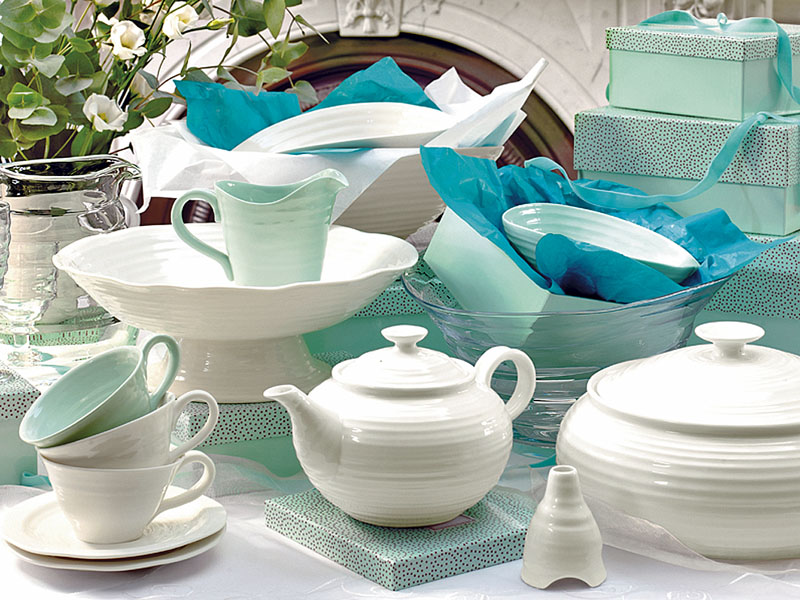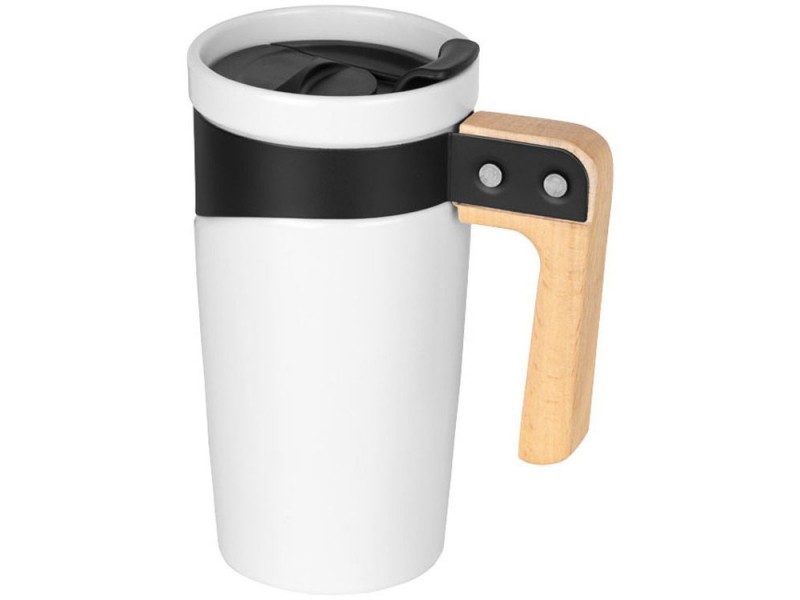A Comparative Analysis of Durability
Introduction:
Porcelain and ceramic plates are commonly used in households around the world for serving food. While they may appear similar at first glance, there are significant differences in their composition and durability. This article aims to provide a comprehensive analysis of the durability of porcelain and ceramic plates, highlighting their strengths and weaknesses.
1. Composition and Manufacturing:
Porcelain: Porcelain is made from a mixture of fine clay and minerals, primarily kaolin, feldspar, and quartz. The composition is fired at high temperatures, resulting in a dense and durable material. Porcelain is known for its smooth and glass-like texture.
Ceramic: Ceramic plates are typically made from a mixture of various clays, minerals, and water. The composition is fired at lower temperatures compared to porcelain, making it less dense and less durable. Ceramic plates often have a rougher and more textured surface.
2. Strength and Durability:
Porcelain: Porcelain plates are renowned for their strength and durability. The firing process creates a hardened material that is resistant to chipping, cracking, and scratching. Porcelain plates can withstand high temperatures, making them suitable for use in ovens, microwaves, and dishwashers without fear of damage.
Ceramic: Ceramic plates are generally less durable compared to porcelain. Due to their lower firing temperatures, ceramic plates are more prone to chipping and cracking. The rougher surface texture makes them more susceptible to scratching, and they are not as heat-resistant as porcelain. While ceramic plates are usually dishwasher safe, they may require more careful handling to prevent damage.
3. Impact Resistance:
Porcelain: Porcelain display a high degree of impact resistance. This means that they are less likely to break or shatter when dropped or subjected to sudden impacts. The dense and solid structure of porcelain makes it more resilient and better suited for withstanding accidental knocks and falls.
Ceramic: Ceramic plates have lower impact resistance compared to porcelain. They are more prone to breaking or shattering if dropped or subjected to sudden force due to their lower density. Ceramic plates are generally lighter, making them more vulnerable to damage from accidental impacts.
4. Scratch and Stain Resistance:
Porcelain: Porcelain plates have excellent scratch resistance due to their smooth and glass-like surface. They are less prone to showing signs of wear and tear even after extended use. Additionally, porcelain is less likely to retain stains from food and beverages, making cleaning and maintenance easier.
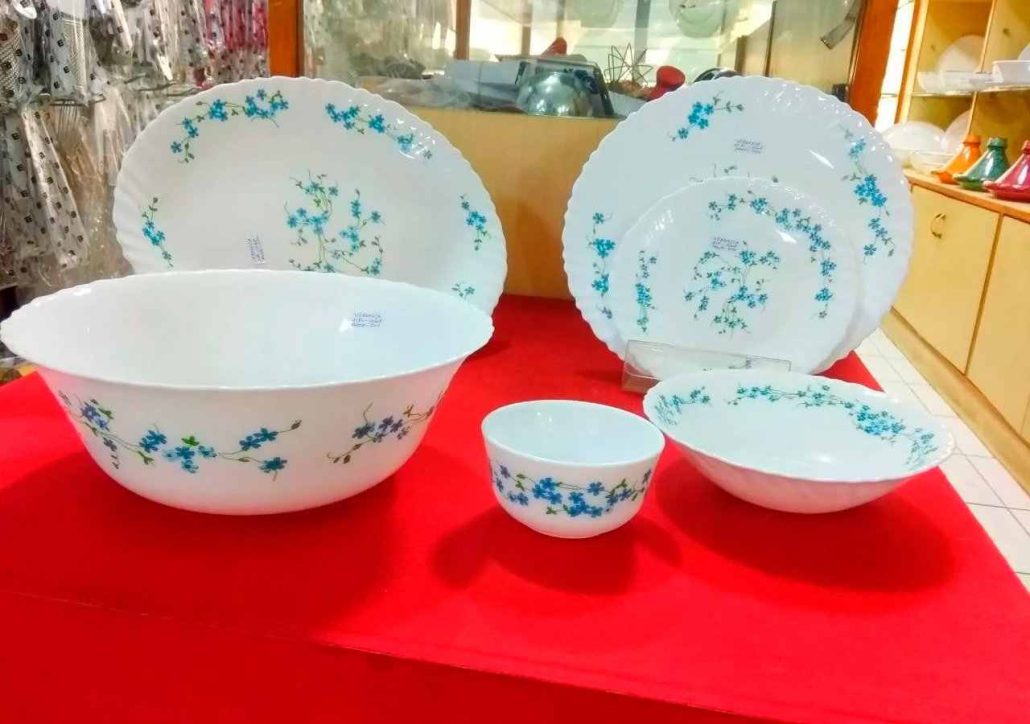
Ceramic: Ceramic plates, with their rougher surface texture, are more susceptible to scratching. The presence of micro-irregularities on the surface allows stains to penetrate more easily, making them harder to remove. Regular maintenance and careful handling are required to preserve the appearance of ceramic plates.
5. Heat Resistance:
Porcelain: Porcelain plates have excellent heat resistance and can withstand high temperatures. They can be safely used in ovens, microwaves, and other heating appliances without fear of cracking or breaking. Porcelain plates also retain heat well, keeping food warm for longer durations.
Ceramic: Ceramic plates have a lower heat resistance compared to porcelain. They are not suitable for use in direct heat sources such as ovens or stovetops. Exposing ceramic plates to extreme temperatures may lead to cracking or thermal shock damage.
6. Longevity and Lifespan:
Porcelain: Porcelain plates have a longer lifespan compared to ceramic plates, mainly due to their superior durability. A well-maintained set of porcelain plates can last for several decades without showing major signs of wear and tear. Their ability to withstand repeated use and regular cleaning contributes to their longevity.
Ceramic: Ceramic plates have a shorter lifespan compared to porcelain due to their lower durability. They are more prone to chipping, scratching, and staining, and may need to be replaced more frequently. However, with proper care and gentle handling, ceramic plates can still have a reasonable lifespan.
Conclusion:
In summary, when comparing the durability of porcelain and ceramic plates, porcelain emerges as the clear winner. Porcelain plates are stronger, more impact-resistant, scratch-resistant, and heat-resistant compared to ceramic plates. They also have a longer lifespan and better stain resistance. However, ceramic plates can still be a suitable option for those on a budget or who prefer a more rustic and textured aesthetic. Regardless of the choice, proper care and handling are crucial to extend the lifespan of both porcelain and ceramic plates.Porcelain vs Ceramic Plates: A Comparative Analysis of Durability
Introduction:
Porcelain and ceramic plates are commonly used in households around the world for serving food. While they may appear similar at first glance, there are significant differences in their composition and durability. This article aims to provide a comprehensive analysis of the durability of porcelain and ceramic plates, highlighting their strengths and weaknesses.
1. Composition and Manufacturing:
Porcelain: Porcelain is made from a mixture of fine clay and minerals, primarily kaolin, feldspar, and quartz. The composition is fired at high temperatures, resulting in a dense and durable material. Porcelain is known for its smooth and glass-like texture.
Ceramic: Ceramic plates are typically made from a mixture of various clays, minerals, and water. The composition is fired at lower temperatures compared to porcelain, making it less dense and less durable. Ceramic plates often have a rougher and more textured surface.
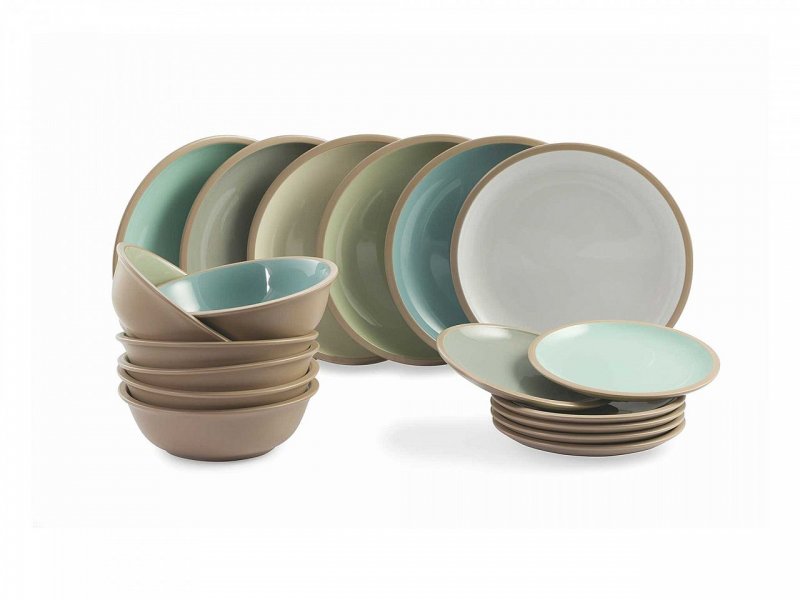
2. Strength and Durability:
Porcelain: Porcelain plates are renowned for their strength and durability. The firing process creates a hardened material that is resistant to chipping, cracking, and scratching. Porcelain plates can withstand high temperatures, making them suitable for use in ovens, microwaves, and dishwashers without fear of damage.
Ceramic: Ceramic plates are generally less durable compared to porcelain. Due to their lower firing temperatures, ceramic plates are more prone to chipping and cracking. The rougher surface texture makes them more susceptible to scratching, and they are not as heat-resistant as porcelain. While ceramic plates are usually dishwasher safe, they may require more careful handling to prevent damage.
3. Impact Resistance:
Porcelain: Porcelain displays a high degree of impact resistance. This means that they are less likely to break or shatter when dropped or subjected to sudden impacts. The dense and solid structure of porcelain makes it more resilient and better suited for withstanding accidental knocks and falls.
Ceramic: Ceramic plates have lower impact resistance compared to porcelain. They are more prone to breaking or shattering if dropped or subjected to sudden force due to their lower density. Ceramic plates are generally lighter, making them more vulnerable to damage from accidental impacts.
4. Scratch and Stain Resistance:
Porcelain: Porcelain plates have excellent scratch resistance due to their smooth and glass-like surface. They are less prone to showing signs of wear and tear even after extended use. Additionally, porcelain is less likely to retain stains from food and beverages, making cleaning and maintenance easier.
Ceramic: Ceramic plates, with their rougher surface texture, are more susceptible to scratching. The presence of micro-irregularities on the surface allows stains to penetrate more easily, making them harder to remove. Regular maintenance and careful handling are required to preserve the appearance of ceramic plates.
5. Heat Resistance:
Porcelain: Porcelain plates have excellent heat resistance and can withstand high temperatures. They can be safely used in ovens, microwaves, and other heating appliances without fear of cracking or breaking. Porcelain plates also retain heat well, keeping food warm for longer durations.
Ceramic: Ceramic plates have a lower heat resistance compared to porcelain. They are not suitable for use in direct heat sources such as ovens or stovetops. Exposing ceramic plates to extreme temperatures may lead to cracking or thermal shock damage.
6. Longevity and Lifespan:
Porcelain: Porcelain plates have a longer lifespan compared to ceramic plates, mainly due to their superior durability. A well-maintained set of porcelain plates can last for several decades without showing major signs of wear and tear. Their ability to withstand repeated use and regular cleaning contributes to their longevity.
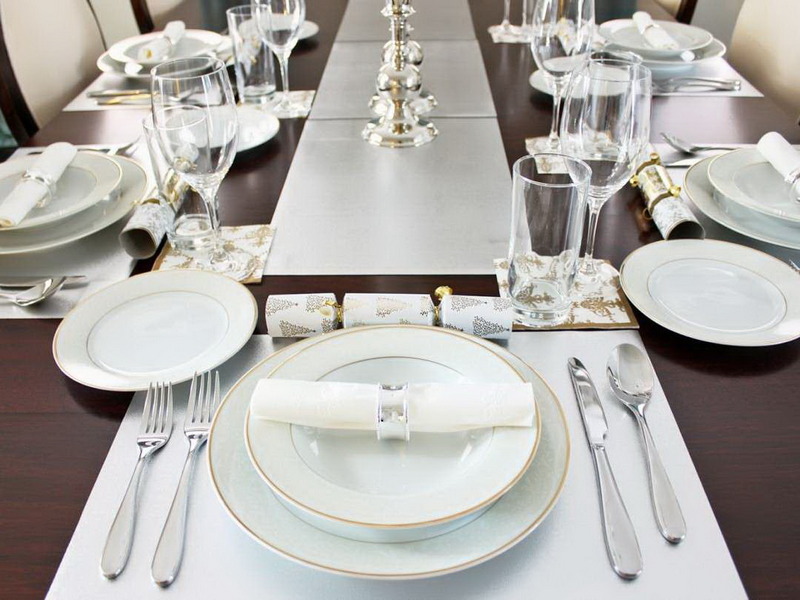
Ceramic: Ceramic plates have a shorter lifespan compared to porcelain due to their lower durability. They are more prone to chipping, scratching, and staining, and may need to be replaced more frequently. However, with proper care and gentle handling, ceramic plates can still have a reasonable lifespan.
7. Cost and Affordability:
Porcelain: Porcelain plates are generally more expensive compared to ceramic plates. The higher quality and durability of porcelain contribute to its higher price point. However, investing in porcelain plates can be seen as a long-term investment due to their extended lifespan.
Ceramic: Ceramic plates are more affordable compared to porcelain. They are widely available at various price points, making them a popular choice for those on a budget. Ceramic plates offer a cost-effective option for everyday use, especially in households where frequent replacement may be necessary.
8. Aesthetics and Design Options:
Porcelain: Porcelain plates are often considered more elegant and sophisticated in appearance. They have a smooth and glossy finish, lending a luxurious touch to any table setting. Porcelain also offers a wide variety of designs, patterns, and colors, allowing for greater customization options.
Ceramic: Ceramic plates, with their more rustic and textured surface, exude a casual and relaxed vibe. They can complement various interior styles, especially those with a more traditional or eclectic aesthetic. Ceramic plates also come in a range of designs and patterns, offering diverse options for personal preferences.
9. Environmental Considerations:
Porcelain: Porcelain is generally considered more environmentally friendly compared to ceramic due to its longer lifespan. By investing in durable porcelain plates, consumers can reduce the need for frequent replacements and reduce waste. Additionally, porcelain is often made from natural and locally sourced materials, minimizing its environmental impact.
Ceramic: Ceramic plates, while less durable, are still preferable from an environmental standpoint compared to disposable plates or plastic alternatives. However, the need for more frequent replacements may result in increased waste over time. Utilizing ceramic plates made from recycled materials can help minimize the carbon footprint.
10. Maintenance and Care:
Porcelain: Porcelain plates are relatively low-maintenance and easy to care for. They can be safely cleaned in a dishwasher without fear of damage, although handwashing is recommended for prolonged durability. However, care should be taken to avoid stacking porcelain plates too tightly, as this can increase the risk of chipping.
Ceramic: Ceramic plates require slightly more attention and care compared to porcelain. While some ceramic plates are dishwasher safe, it is advisable to hand wash them to prevent potential scratching or chipping. It is also recommended to avoid using metal utensils on ceramic plates to minimize the risk of surface damage.
Conclusion:
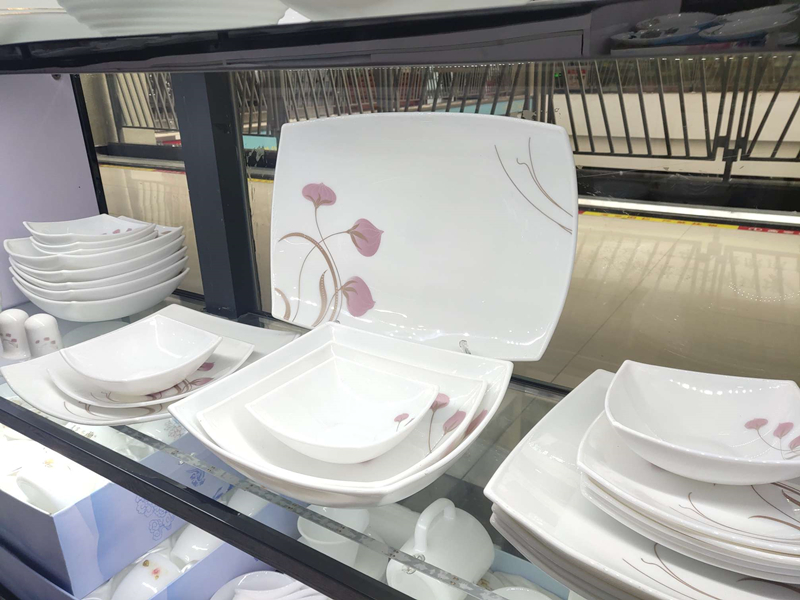
When considering the durability of porcelain and ceramic plates, it is evident that porcelain outperforms ceramic in terms of strength, impact resistance, scratch resistance, heat resistance, and longevity. Porcelain plates are an excellent investment for those seeking durability and elegance. However, ceramic plates still have their merits, including affordability, a diverse range of designs, and a more relaxed aesthetic. Ultimately, the choice between porcelain and ceramic plates will depend on personal preferences, budget, and specific usage requirements. Regardless of the choice, proper care and handling are essential to prolong the lifespan of both types of plates.
